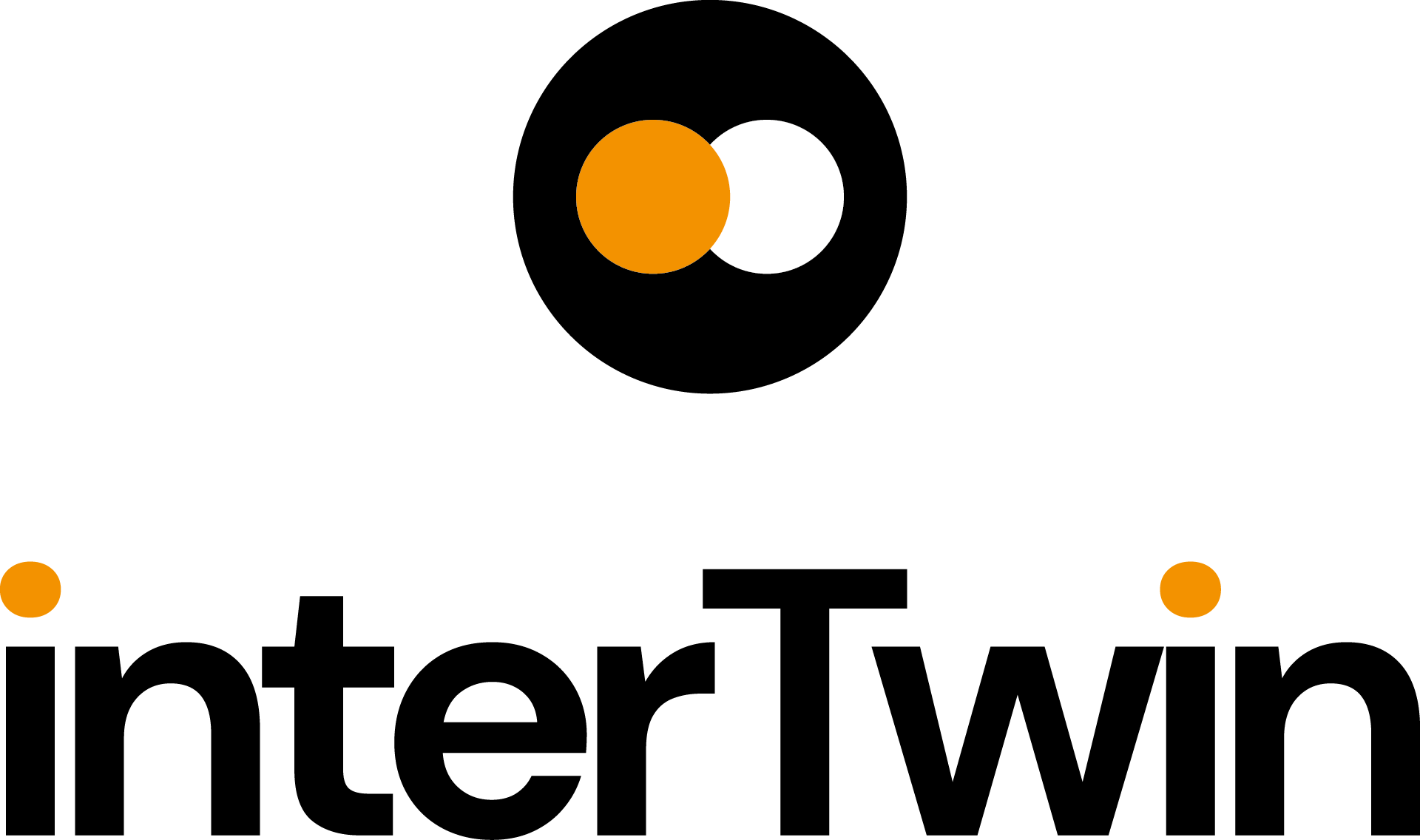This is a component of ML-PPA (Machine Learning-based Pipeline for Pulsar Analysis), a framework for extracting pulsar signals in data streams from radio astronomical antennas.
This DT creates various types of telescope signals by mimicking available real data rather than generating them from the physical first principles as PulsarDT does.
Release Notes
This is the first internal release. Assorted related materials, including Jupyter notebooks with use examples, are available at GitLab or will be added soon. For a wider context and theory behind the whole ML-PPA (including detailed explanations with regard to the status of each component) one should refer to the paper. The tool is well developed and already includes most of the functionalities that it should have. It can simulate a wide range of various 2D time-frequency “timeframes” very close to those that are produced based on real observations. 4 basic types of timeframes are generated: pulse, two kinds of radio-frequency interference and just noise, plus two basic types can be combined to create “hybrid” types. Each type can be finely tuned to produce output with different signal-to-noise ratios, noise characteristics, signal parameters etc. Timeframes, generated by this component, have already been successfully used to train the ML-classifier, which then can classify the real data with high efficiency. So essentially this is a fully functional DT.
Future Plans
The tool is already working as it should, with little space for improvement and additional functionality. It will be updated in the future, but there will probably be no drastic changes. Originally it was planned that only the physics-based DT (PulsarDT) would be added to the final production version of the ML-PPA package (PulsarDT++), but since PulsarRFI_Gen has already shown itself quite useful, it may also be added to PulsarDT++ as an alternative tool for production of training data for the ML-classifier.

